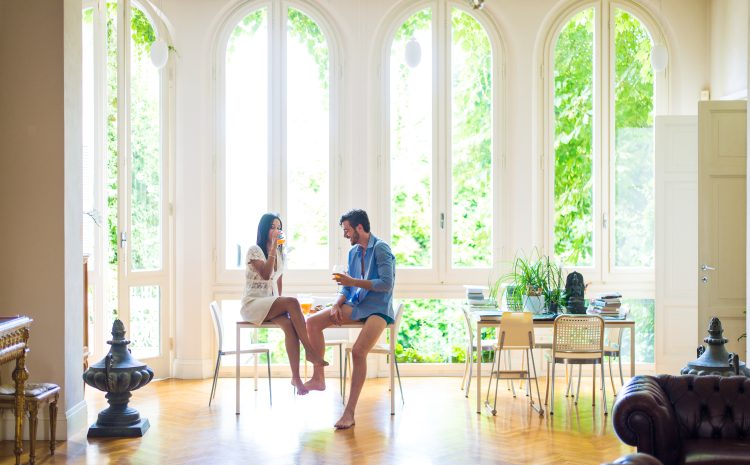
How to Design a Sunroom Addition for Year-Round Enjoyment
A sunroom addition is a wonderful way to bring natural light and a connection to the outdoors into your home. When designed thoughtfully, a sunroom can be enjoyed throughout the year, serving as a peaceful retreat in the winter and a bright, airy extension during the summer. By considering key factors such as insulation, energy efficiency, and versatile design, you can create a sunroom that is both beautiful and functional in every season.
Planning Your Sunroom
Before starting the design process, it’s important to assess your goals and the available space. Consider how you plan to use the sunroom. Will it serve as a relaxation area, a dining space, or perhaps a home office? Clarifying its purpose will influence design decisions such as layout, furniture, and lighting. In addition, examine the orientation of your home and the location of the sunroom to maximize natural light. South-facing rooms typically receive more sunlight, making them ideal for a sunroom that can double as a warm, inviting space during the colder months.
Selecting Materials and Windows
One of the most crucial elements in designing a sunroom for year-round use is selecting high-quality materials. Windows play a vital role in energy efficiency and comfort. Opt for double- or triple-pane windows with low-emissivity (Low-E) coatings to reduce heat loss in winter and minimize heat gain in summer. Consider incorporating large, operable windows or sliding glass doors that allow for natural ventilation, helping to regulate temperature without relying solely on mechanical systems. Additionally, using durable, weather-resistant framing materials like vinyl or aluminum with thermal breaks can further enhance the sunroom’s energy performance.
Insulation and Climate Control
To ensure your sunroom remains comfortable in all seasons, proper insulation is key. Insulate not only the walls and ceiling but also consider insulated flooring options. This helps maintain a consistent temperature and reduces energy costs. In colder months, a radiant floor heating system or energy-efficient space heater can add warmth without detracting from the room’s ambiance. Conversely, ceiling fans or a smart ventilation system can provide a refreshing breeze during the summer. Integrating these climate control measures will create a balanced environment that’s comfortable year-round.
Designing for Aesthetics and Functionality
A sunroom should be a harmonious extension of your home’s interior design. Choose a color palette that complements both the indoor and outdoor scenery, using light and neutral tones to amplify natural lights. Comfortable, durable furnishings are a must; consider pieces that are easy to clean and can withstand exposure to sunlight without fading. Incorporate versatile elements like built-in shelving or multi-functional furniture to maximize the space’s usability. Adding plants or a small indoor garden can further enhance the connection to nature and create a calming atmosphere.
Conclusion
Designing a sunroom addition for year-round enjoyment involves a careful balance of aesthetics, functionality, and energy efficiency. By planning the layout with purpose, selecting high-quality windows and materials, and ensuring proper insulation and climate control, you can create a sunroom that provides comfort in every season. Whether it becomes a quiet morning retreat or a lively space for entertaining guests, a well-designed sunroom offers the perfect blend of indoor and outdoor living, enriching your home and enhancing your lifestyle for years to come.
